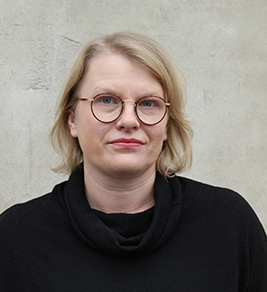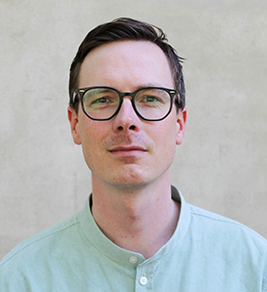In this report, the characteristics and consequences of the compact city ideal in Nordic cities, and more specifically in their city centres, are investigated.
The research was done in the form of a series of small case studies of city centre development, and they are presented thematically. They focus on public spaces and the threat from external shopping, densification as a planning strategy, new housing as a planning tool, and finally governance and actor collaboration. The Nordic region is dominated by small and medium sized cities, and we chose the following cities for our investigation of city centre challenges and planning strategies: Bodø (Norway), Kokkola (Finland), Mariehamn (Åland), Mosfellsbær (Iceland), Sorø (Denmark) and Västervik (Sweden).
The cities were investigated through planning and policy documents, interviews and observations, and the work was guided by the following questions: What does “the compact city” mean in the investigated cities – and how is it operationalized? What are the main planning problems related to city centres, and what are the visions for the future in relation to these? What can we learn from different ways of approaching city centre development across the different Nordic countries? Two strong themes related to development in city centres, and to the commonly held view that the city core needs to be strengthened, regenerated or recreated, are competition from external shopping centres, and urban sprawl.
These themes point to the challenges to the central city as the one and only centre. The examples from the Nordic region show that the competition from external shopping is very real, and that planning regulations do not always have the desired effect on the competition. This has led to a variety of responses – new central housing, new attractive spaces, new types of plans and new governance collaborations. In addition to their different approaches to competition from external shopping, cities employ diverse strategies to increase the critical mass of people who populate the city and its venues.
This study was interested in what the city centre is, or should be, when it no longer has an obvious role. The investigations have led us to conclude that there is no essence to be found and it is instead important to understand the city centre as dynamic and constantly changing. In line with this, the importance of actor collaboration and flexible urban spaces are among the lessons learned from the study.




